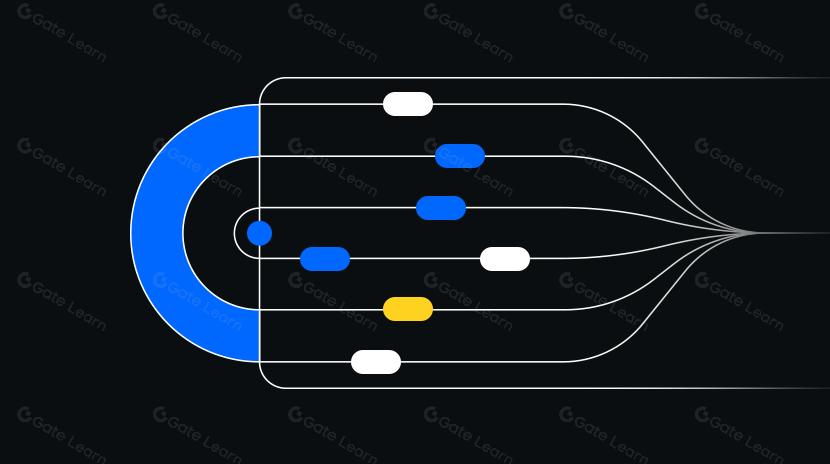what is an index price

An index price is a reference benchmark used in cryptocurrency trading to measure the comprehensive price level of a specific asset across multiple trading platforms. It aggregates price data from various exchanges and calculates a weighted average to eliminate price anomalies and market manipulation risks that might exist on a single trading platform. In derivatives trading, margin trading, and liquidation mechanisms, the index price serves as an objective and stable price reference, providing a fair pricing basis for the market.
Market Impact of Index Prices
Index prices have a profound impact on the cryptocurrency market, primarily manifested in the following aspects:
- Basis for derivatives pricing: Index prices provide a reliable settlement benchmark for futures, options, and other derivative contracts, enabling the derivatives market to operate more fairly.
- Reduction of price manipulation: Since index prices incorporate data from multiple exchanges, they significantly increase the cost and difficulty for malicious actors to manipulate the market.
- Liquidity improvement: Stable index price mechanisms encourage price convergence across different exchanges, promoting arbitrage trading and enhancing overall market liquidity.
- Market confidence building: Reliable index prices strengthen investor confidence in the cryptocurrency market, particularly for institutional investors, for whom this is a crucial consideration for market entry.
Risks and Challenges of Index Prices
Despite the numerous benefits index prices bring to the crypto market, they still face several risks and challenges:
- Data source reliability issues: The accuracy of index prices heavily depends on the quality of data from selected exchanges. If certain exchanges report erroneous data or experience technical failures, this may lead to distorted index prices.
- Differences in calculation methodologies: Different platforms may employ varying index calculation methods, including weight allocation, data sampling frequency, and outlier processing, potentially causing discrepancies in index prices for the same asset across platforms.
- Market fragmentation risk: Under extreme market conditions, prices across different exchanges may exhibit significant differences, challenging the representativeness of index prices.
- Delay and manipulation risks: Data transmission and processing delays may prevent index prices from reflecting market changes in real-time, creating arbitrage opportunities or manipulation space for high-frequency traders.
Future Outlook for Index Prices
As the crypto market continues to mature, index price mechanisms will also evolve in new directions:
- Technological upgrades: The development of blockchain oracle technology will enhance the reliability and transparency of index price data, reducing dependence on centralized data sources.
- Regulatory standardization: As regulatory frameworks improve, index price calculation methodologies may gradually become standardized, increasing market transparency and comparability.
- Diversification of index products: Beyond single-asset indices, composite index products such as sector indices and thematic indices will become more abundant, offering investors more market insights and investment tools.
- Cross-chain price mechanisms: With the development of cross-chain technology, price discovery mechanisms between different blockchain networks will become more efficient, and index prices will play a greater role in facilitating cross-chain asset liquidity.
The importance of cryptocurrency index prices cannot be overstated. As a core tool for market price discovery, they not only provide a fair settlement basis for derivatives trading but also offer crucial support for the stable operation of the entire market. Despite challenges related to data quality and calculation methodologies, with technological advancements and market maturation, index price mechanisms will continue to evolve, playing a key role in promoting the development of the crypto market toward greater efficiency and transparency.
Share
Related Articles

Exploring 8 Major DEX Aggregators: Engines Driving Efficiency and Liquidity in the Crypto Market

What Is Copy Trading And How To Use It?
